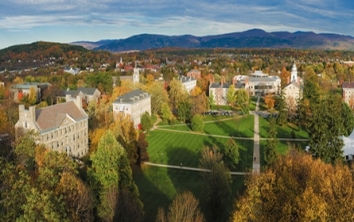The funny thing about traveling through Japan, as a Caucasian, is that you are automatically assumed to be American, whether you are or not. Normally, that simply translates into children waving at you and shouting, “Haro! Haro!” (i.e., Hello! Hello!), but in some places it is extremely uncomfortable, primarily in Hiroshima and Nagasaki. On the one hand, nowhere else have I felt so visibly and problematically American. I walk around the peace parks, looking at the dioramas of the damage done and the absolute nothing that was left in so many places, and I think, “My people did this.” On the other hand, the people of those two cities have so internalized the need for world peace that they are powerfully forgiving. They know that their government did some fairly unforgivable things also during World War II. One of the elderly women I met when I lived in Japan, 1990-1992, told me of the kindness of the American GIs during the occupation, and how one even managed to get eggs and flour so she could make her sister a birthday cake. War. Humans. Ridiculous acts of violence and tiny acts of kindness.
.
Pilgrim
.
Something about this breeze
damply fresh at 4 a.m. touching
my face as I stand on the concrete
platform, sway slightly, wait
for a train to take me, oh, anywhere
really, but especially south, southwest
to Nagasaki, international city,
city of the other bomb, city of pigeons
masquerading as doves.
.
Every bird is a dove
in a place like that, every
recreated building a monument
that looks you right in the eye.
I know. I have walked
Hiroshima’s busy streets. I’ve walked
where apocalypse burned
and was defeated, for now.
.
For now, I stand
on the platform, swaying with sleep
unrealized. Where I am going,
I will feel eyes all over: me,
blond, gaijin, outside-person, American.
Eyes like black rain remember
when a cool breeze could scald
a face beyond recognition.
The breeze that keeps me upright
while fluorescent lights battle
the darkness is filled with possibilities.
All roads lead from this one.
.
This one train could begin taking me
anywhere, measuring out the miles
with its laddered tracks. It will take me south
to a park filled with cherry blossoms
and monuments. A wall and,
perched on it, a weathered bronze dove.
A pigeon filled with love
by the damp bright air, who will land
and kiss the green dove,
beak to beak. The kiss of peace.
.
It is peaceful here on the platform,
alone and swaying, fighting
to open my eyes. The train will come soon.
The city will be filled with people,
jostling and contrary. I must remember
something then, when I arrive,
something about this breeze.
.
Spilecki, Susan. “Pilgrim.” The Kerf. May 2001.





